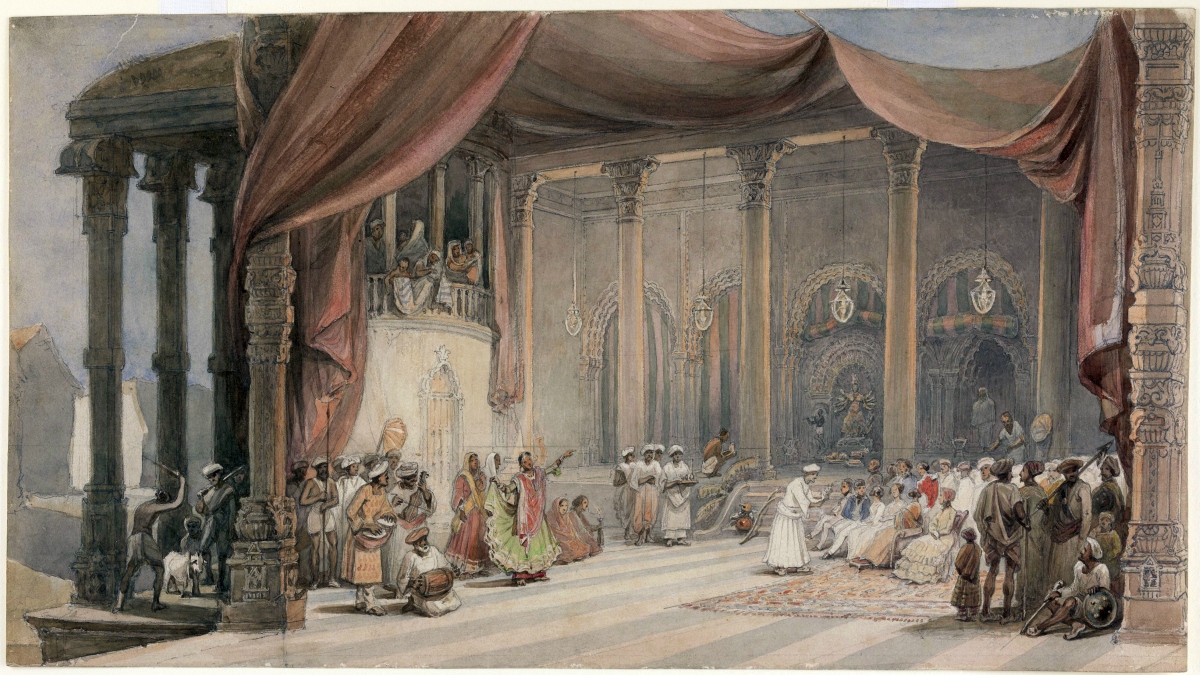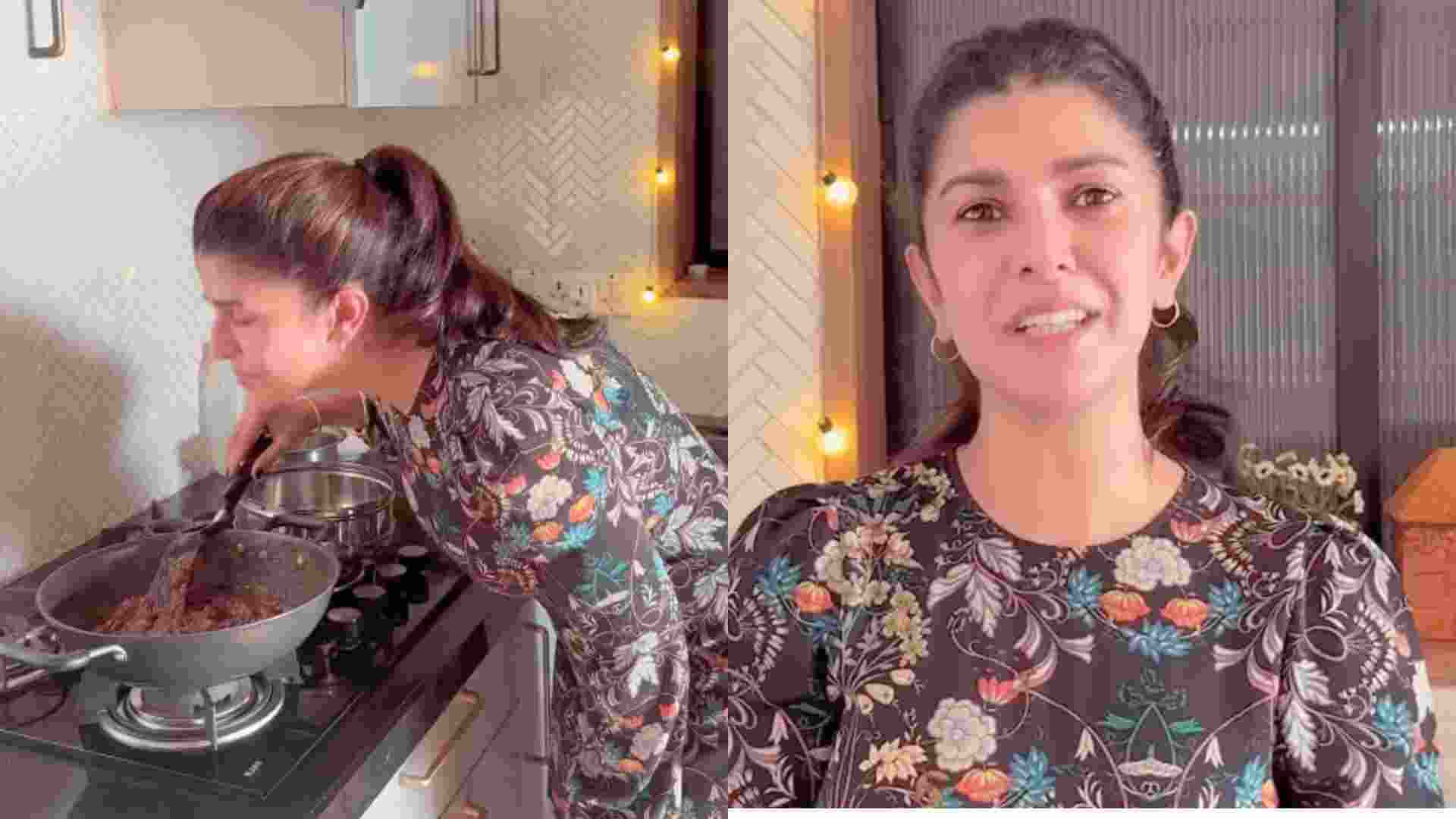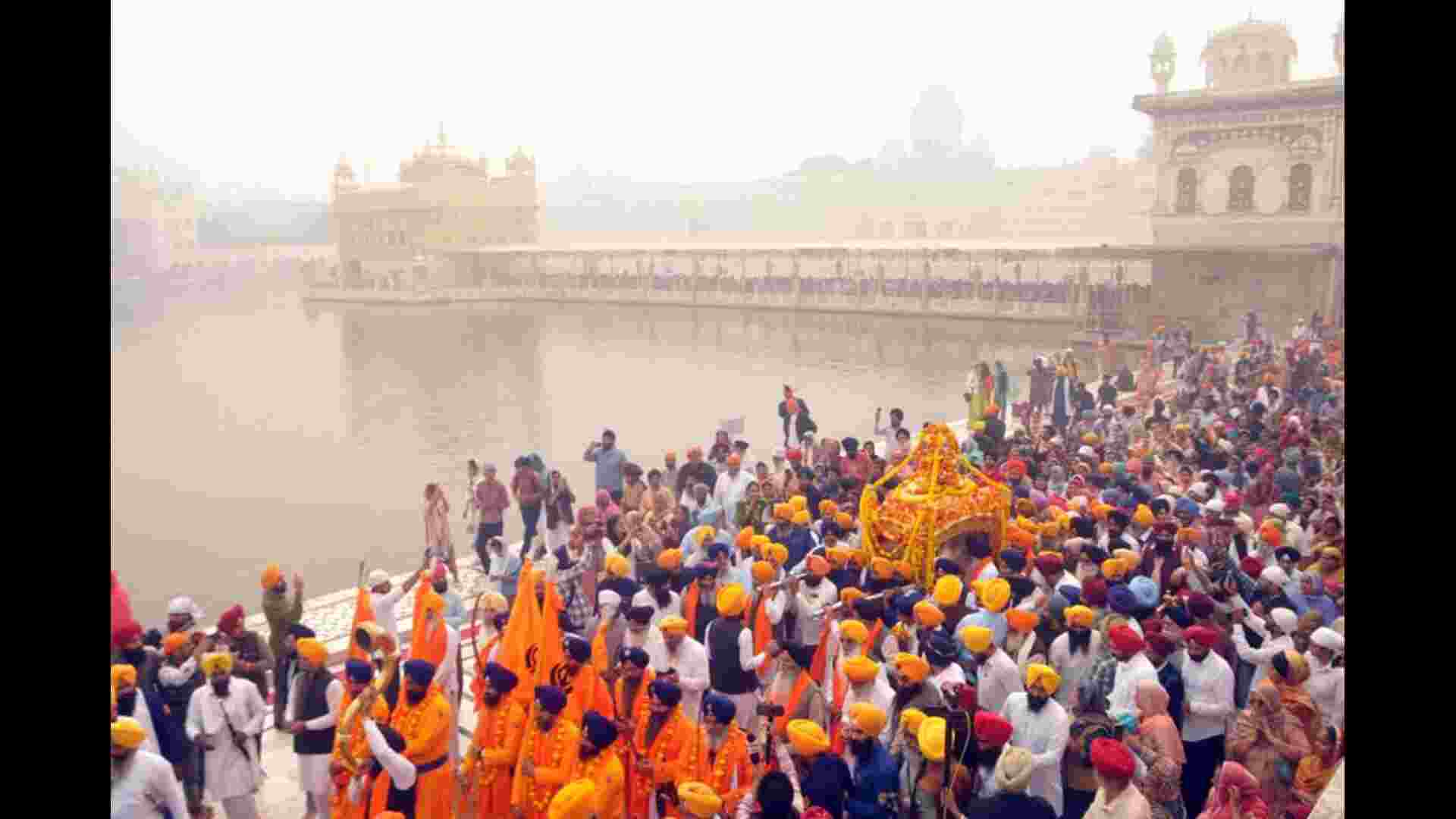
Bengal doesn’t have a single temple dedicated to Goddess Durga, who doesn’t also make an appearance in the Puranas till the fifth century CE, and the earliest recorded celebration of her divinity goes back to Raja Kangsha Narayan of Tahirpur, a zamindar in contemporary Rajshahi, a municipal town in Bangladesh, after his accession in 1583.
On our side of the River Hooghly, the credit for the first such celebration goes to Laxmikanta Ganguly, the zamindar of Barisha (now in Kolkata, its most famous resident being Sourav Ganguly) and progenitor of the Savarna Roychoudhury family, the original masters of the metropolis we now call Kolkata. This one dates back to 1610.
Once the exclusive preserve of Bengal’s zamindari families, who got an opportunity to flaunt their new-found wealth and entertain their British masters (many of whom, as suggested by the scholar Saugata Bhaduri, even secured tax breaks, citing the expenses they incurred on Durga Puja), the pujas slowly became baroyari (community) celebrations after 12 Brahmin friends (baro-yaar) got together to organise the first in Guptipara, Hooghly district, in 1790.
When the culture of baroyari pujas came to Kolkata in 1909, they became known by the more inclusive descriptor, sarbojonin (open to all). Soon, these public celebrations became the staging grounds for revolutionary nationalism and the confluence of the two finds its most eloquent expression in Sri Aurobindo’s Durga Stotra. Unsurprisingly, another fiery nationalist, Bal Gangadhar Tilak, was inspired by the classless and casteless Sarbojonin Durga Puja model to turn Ganesh Chaturthi into a public festival all across the Bombay Presidency.
It may have had a low-key start, but from the dawn of the 20th century, Durga Puja has established itself as the festival that defines the cultural and religious life of Bengalis on both sides of the Hooghly. In the Puranic tradition, the goddess is worshipped during Chaitra Navaratri (March-April), a practice still followed in parts of Odisha, but for more than four centuries now, the five-day puja takes place in the month of Ashwin (September-October).
It weaves together the stories of Lord Rama performing the Chandi Homa to seek the blessings of the goddess before launching his war against Ravana and attaining victory on Vijaya Dashami; and of the goddess slaying the form-changing demon mahishasura and his two accomplices, Chanda and Munda, after slipping into the avatar of Chamunda. This climactic moment is celebrated by the grand sandhi puja at the cusp of Ashthami and Navami.
At the popular level, it is also a celebration of the annual visit of the goddess to her family home with her four children—Saraswati (it is only in Bengal that the goddess of learning, otherwise known as the daughter of Lord Brahma, is projected as the daughter of Goddess Durga); Lakshmi, the goddess of learning; Kartikeya, the god of war; and Ganesha, the god of prosperity. This cute back story fits into the theory popular among scholars that Durga Puja is essentially a celebration of the departure of the monsoon, which comes with its share of floods and outbreaks of disease.
And it is this Goddess Durga story—that of a multi-tasking mother—that has inspired the tradition of joyful dressing, community celebrations with music and cultural performances, and of course, hearty eating. Interestingly, the food served in the community pujas is vegetarian, notably khichdi—or khichudi, as we call it; bhaja, or slices of brinjal, parwal, pumpkin and potatoes, dusted with turmeric and salt; and labra, the mushy melange of seasonal vegetables, seasoned with paanch phoron and ginger, and cooked in mustard oil. These are not only light and immunity-boosting dishes, but also easy to produce in a community celebration run with public contributions.
It is only on Ashtami, when a goat is symbolically slaughtered in some of the old family pujas to signify the killing of Mahishasura, that a chilli-hot mutton curry is cooked without onions and garlic. Otherwise, Bengalis dig their non-vegetarian favourites, from dimer devil (our version of scotch eggs) and kathi rolls to fish cutlets (or ‘fry’, as we like to call them) and moghlai parota (deep-fried maida paranthas stuffed with scrambled eggs and mutton mince) are eaten with due respect outside puja pandals.















